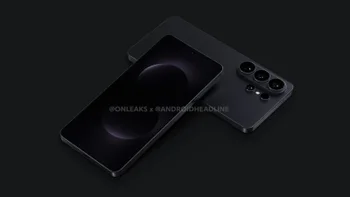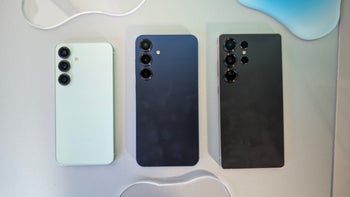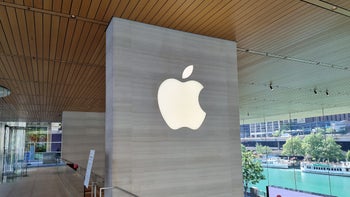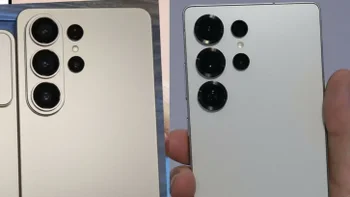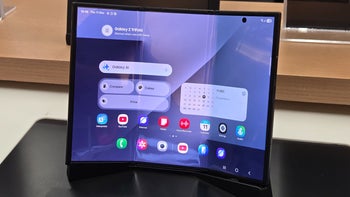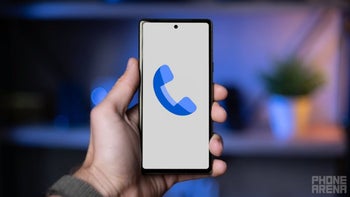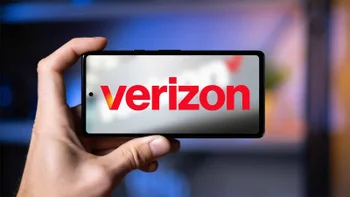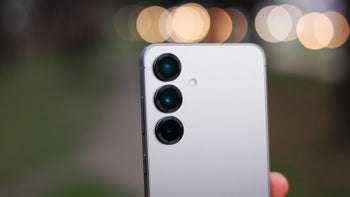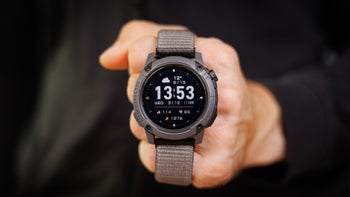- Home
- Nokia Phones
- You are here
Nokia N86 8MP
Full Specifications
8.9
I want it
4 users
I have it
11 users
I had it
17 users
Availability |
|
|---|---|
| Officially announced | Feb 17, 2009 |
Design |
|
|---|---|
| Dimensions |
4.07 x 2.02 x 0.65 inches 103.4 x 51.4 x 16.5 mm |
| Weight | 5.26 oz / 149.0 g |
| Features | Numeric keypad, Soft keys |
| Keys | Left: Lock/Unlock key; Right: Volume control, Camera shutter |
Display |
|
|---|---|
| Size | 2.6-inch, 39.47% screen-to-body |
| Type | AMOLED |
| Resolution | 320x240px, 154 PPI |
| Colors | 16 777 216 |
Hardware |
|
|---|---|
| Processor |
Single core 434 MHz ARM11 |
| Memory | 0.1GBROM: 77 MB/8GB |
| Storage expansion | microSDHC |
| OS | Symbian (9.3) |
Battery |
|
|---|---|
| Type | 1200 mAh, Li - Ion |
Camera |
|
|---|---|
| Rear | Single camera |
| Main camera |
8 MP (Autofocus) Aperture size: F2.4/F4.8 Focal length: 28 mm |
| Flash | Dual LED |
| Video recording |
VGA (30 fps) EIS, Video calling |
| Front | Yes |
Connectivity & Features |
|
|---|---|
| Bluetooth | 2.0, Yes |
| WLAN |
b,g 802.11 b, g |
| USB | microUSB, USB 2.0 |
| Sensors | Accelerometer, Ambient light sensor |
| Location | A-GPS |
| Other | UPnP, VoIP, Tethering, Computer sync, OTA sync |
Multimedia |
|
|---|---|
| Headphones | 3.5mm jack |
| Screen mirroring | TV-out |
| Radio | FM, Stereo, RDS, FM Transmiter |
Cellular |
|
|---|---|
| 3G Bands | 8, 2, 1 |
| Data Speed | HSDPA 3.6 Mbit/s, UMTS |
Phone Features |
|
|---|---|
| Notifications | Music ringtones (MP3, AAC), Polyphonic ringtones (64 voices), Vibration, Phone profiles, Speakerphone |
| Other features | Voice dialing, Voice commands, Voice recording |
Regulatory Approval |
|
|---|---|
| FCC approval |
Date approved: May 19, 2009 FCC ID value: QURRM-484 |
| Measured SAR |
Head: 0.67 W/kg Measured in: 1900 MHz Body: 0.58 W/kg Measured in: 1900 MHz |
| EU SAR | Head: 0.76 W/kg |
Despite our efforts to provide full and correct Nokia N86 8MP specifications, there is always a possibility of admitting a mistake. If you see any wrong or incomplete data, please
If you are interested in using our specs commercially, check out our Phone specs database licensing page.
Overall User Rating
8.8
Build quality
10
Camera quality
10
Performance
9.5
Display
10
Battery life and charging
9.5
Discover More
Latest News
Popular stories
